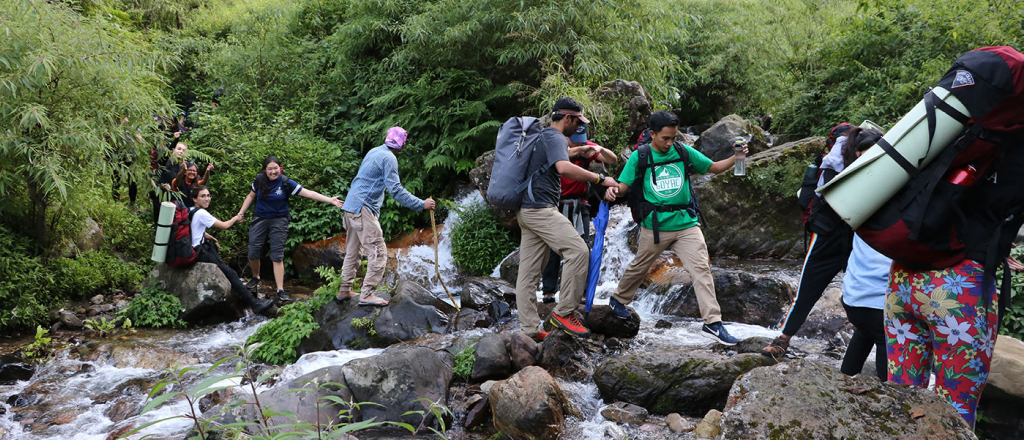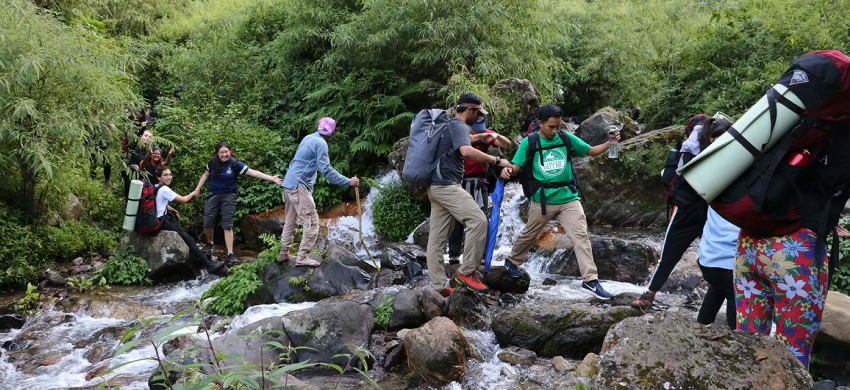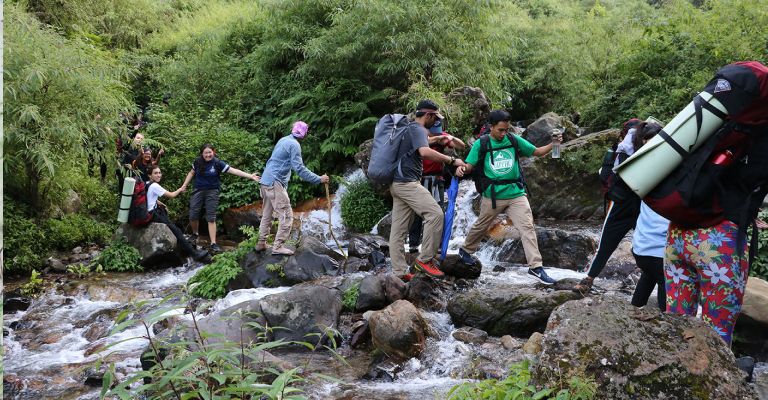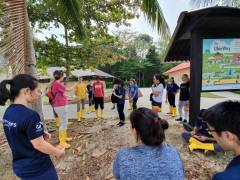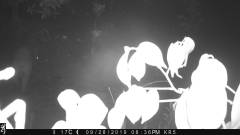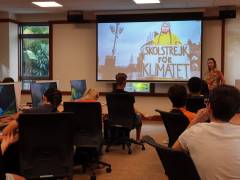Duration: 25 September to 5 October, 2019
Leading faculty: Dr Vinod Kumar Saranathan and Dr Taylor Mccleery Sloey
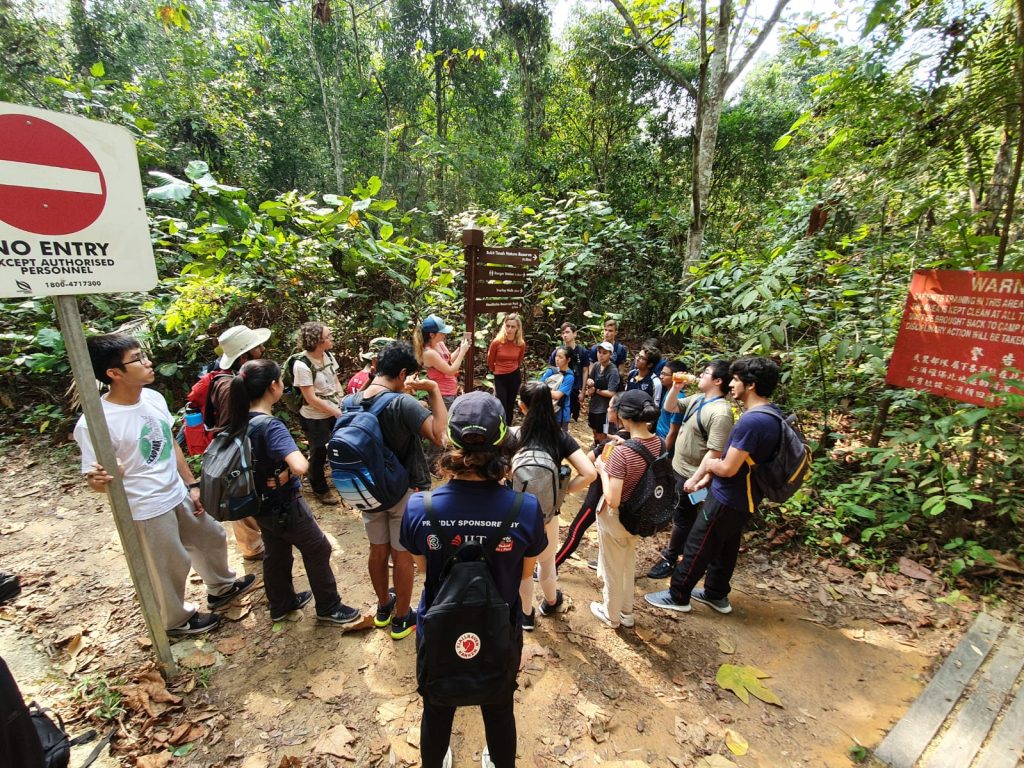
Globally, flora and fauna in the wild are highly threatened by the impacts of unsustainable trade and habitat loss, either caused or exacerbated by anthropogenic climate change.
Recent United Nations reports predicted that at least one million species were facing dire threats of extinction. Intriguingly, some resident forest songbird populations in our highly urbanised “garden” city-state seem to be thriving, when their numbers are declining elsewhere in Southeast Asia. Singapore’s dwindling remnant forest cover (~ two percent of its area) provides important stopover habitats for several species during migration. However, studies on the population dynamics of Singapore’s migratory bird species and their relationship to existing fragmented habitats are limited. Such data is sorely needed to inform our conservation priorities, if Singapore is to serve as a source population for regionally threatened species.
Students on this LAB explored issues of conservation and biodiversity in Singapore’s remaining natural areas by estimating forest species cover, plant diversity, and corresponding bird diversity in an interdisciplinary fashion. The group met with various local stakeholders including National Parks Board and BirdLife International, and learned about conservation and human-animal conflicts from local and regional experts. Students were also introduced to field methods and participated in data collection on plants (in inland forests and mangrove trees), forest songbirds, and other large charismatic wildlife (through camera traps). The LAB leveraged students’ familiarity with R (a programming language from their first-year Quantitative Reasoning, QR course) to perform quantitative analyses of collected data, in addition to generation and testing hypotheses.
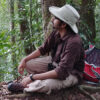
VINOD KUMAR SARANATHAN
SENIOR RESEARCH FELLOW IN SCIENCE
It was not only fun but also deeply rewarding to see the unbridled enthusiasm, curiosity, and the abilities of our first year students in action in this Week 7 LAB. They were not only able to quickly come up to speed with the latest thinking in conservation science, but also apply this knowledge to the data they collected in the field to create professional, thought-provoking presentations.
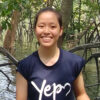
NING YIRAN
CLASS OF 2023
I enjoyed waking up at sunrise to observe birds at the Central Catchment Nature Reserve every morning. Besides experiencing the entire field research process – from observation, to note-taking, to data analysis – I was amazed by the diversity and beauty of birds, and how crucial fieldwork is to wildlife conservation efforts. By engaging various stakeholders on the Cross-Island Line case study, I also became more appreciative of the complex reality of wildlife conservation in Singapore.
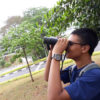
GOLAM RABBANI
CLASS OF 2023
My Week 7 allowed me to see Singapore through a new lens. Leaving behind the cityscape, we explored the fragments of natural habitats that still exist. We learned to identify birds and then applied our new skills to understand the effectiveness of conservation efforts in a country where land is scarce. From working in mangroves with knee-high mud to looking for owls on a pitch-black night, this experience has taught me that there is more to Singapore than just the urban life.

VLADISLAV VINTENBAKH
CLASS OF 2023
An absolutely amazing experience! I was looking for exposure to two of my passions (environmental and data sciences) and found it. I truly enjoyed talking to environment professionals and fully completing a hands-on project, from data collection to analysis to presentation. It did involve a few (very) early mornings, but the sense of motivation to make future impact and a lot of quality bonding were totally worth it!

